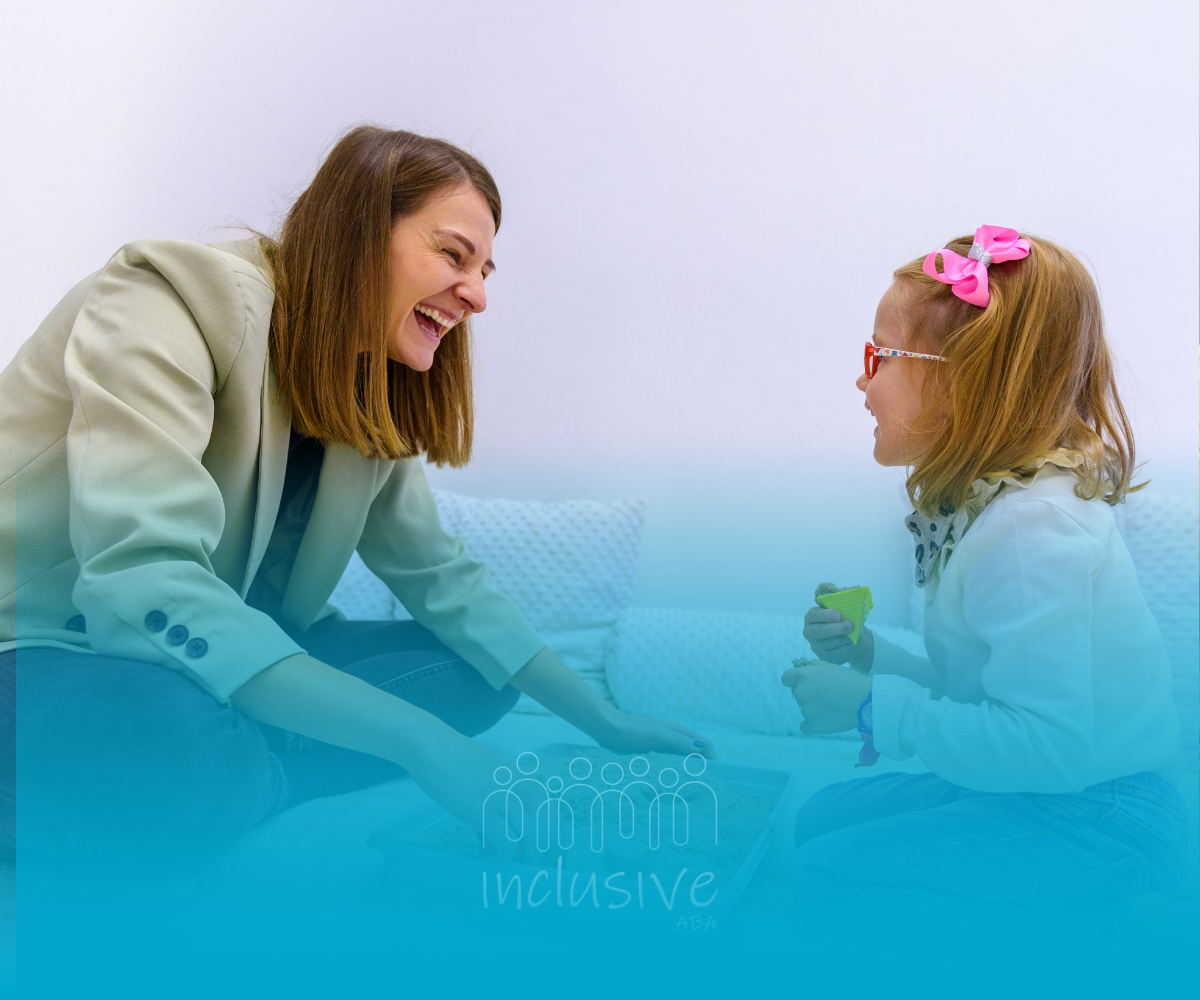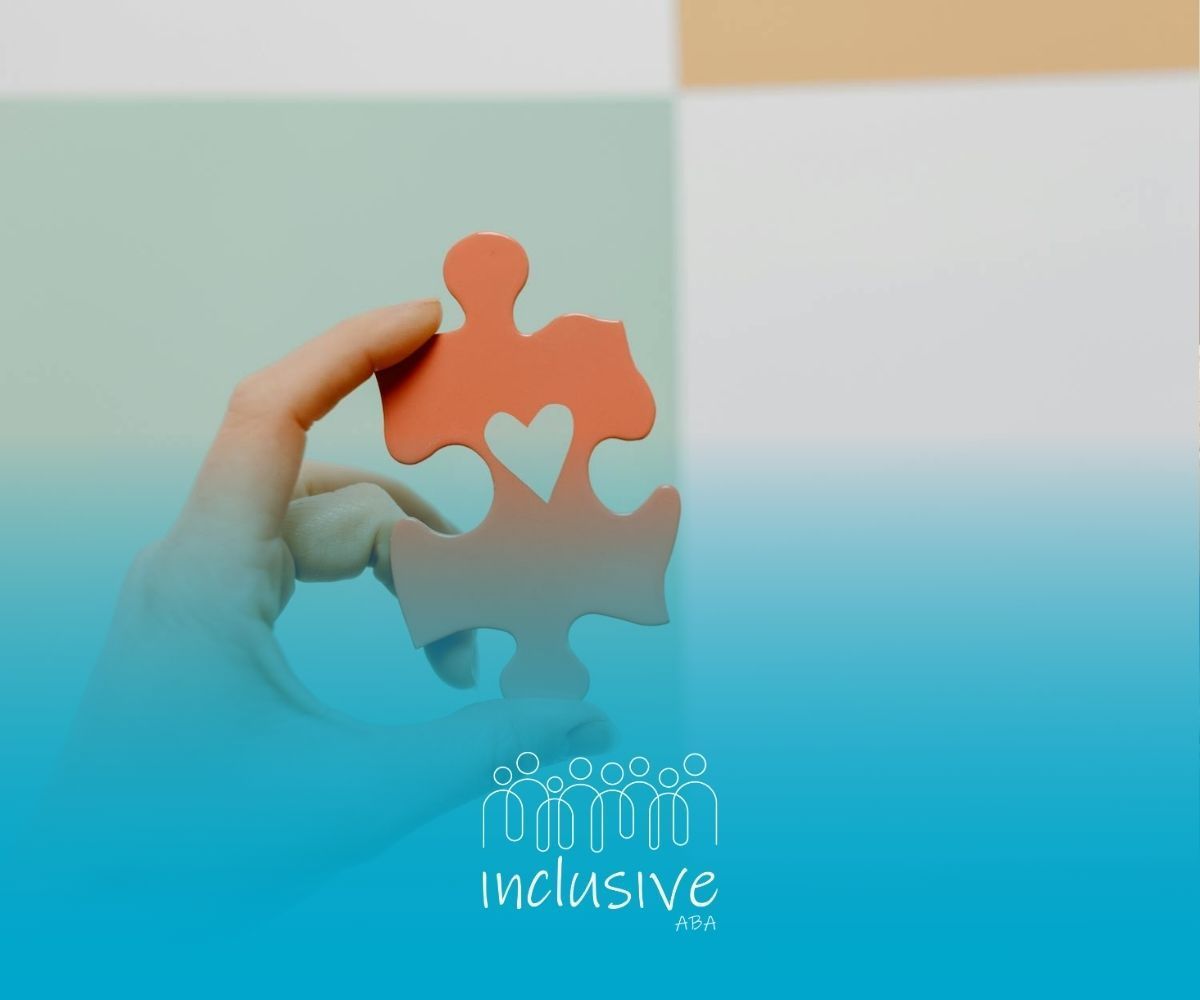When ABA Therapy Isn’t Working: What Parents Can Do to Get Back on Track
If you’ve found yourself wondering, “Why isn’t this working?”—you’re not alone.
As a parent, you’ve done everything right. You’ve committed to therapy, shown up, followed recommendations—and yet, something feels off. Your child isn’t making the progress you expected. Maybe they seem frustrated. Maybe you’re feeling frustrated. And that’s completely valid.
I’ve had this conversation with many families over the years. You start ABA therapy with so much hope, and when it doesn’t go the way you pictured, it’s easy to feel overwhelmed—or even discouraged.
But here’s what I want you to know: just because things aren’t going as planned doesn’t mean ABA therapy isn’t right for your child. It just means we need to take a closer look at what’s happening and make some thoughtful adjustments.
You’re not at a dead end. You’re just at a moment where the plan needs to grow—and we can grow with it.
What Does “Not Working” Look Like?
When a family tells me they feel like ABA isn’t working, we dig into the details. “Not working” can mean different things for different children. Sometimes it’s obvious. Other times, it’s more subtle.
Here are some signs that might ring true:
- Your child seems resistant to sessions or avoids participating
- Progress toward goals has slowed or stalled completely
- Sessions feel repetitive or disconnected from daily life
- Challenging behaviors are increasing instead of decreasing
- You feel out of the loop or unsure about what’s happening in therapy
If any of that sounds familiar, it doesn’t mean ABA isn’t the right fit—it just means the approach may need to change.
Common Reasons ABA Therapy May Not Be Effective (Yet)
When I join a team to troubleshoot therapy concerns, I don’t look for faults—I look for fit. Therapy is a relationship, a plan, and a process. And sometimes, one of those areas needs adjustment.
Here are a few common reasons things can get off track:
1. Goals Aren’t Aligned with Your Child’s Readiness
If the ABA goals you set are too advanced—or not meaningful to your child—they may disengage or resist.
Try this:
- Break larger goals into smaller, achievable steps
- Choose targets that reflect your child’s interests and real-world needs
- Focus on celebrating small wins, not just big outcomes
2. The Teaching Style Doesn’t Match Your Child
Not all children learn the same way. A rigid, overly structured session might work for one child and overwhelm another.
Try this:
- Include naturalistic, play-based approaches
- Build therapy into routines your child already enjoys
- Follow your child’s lead whenever possible
3. Lack of Collaboration with the Family
Therapy is most effective when it’s a team effort. If parents feel left out or unheard, the plan can miss important context.
Try this:
- Ask for regular updates and goal reviews
- Request clear, actionable strategies you can use at home
- Share what you’re seeing outside of sessions—it’s valuable
4. The Therapist-Child Relationship Needs More Time
Connection comes before correction. If your child doesn’t feel safe or understood, learning can shut down.
Try this:
- Make space for rapport-building during ABA therapy sessions
- Allow time for trust and comfort before new demands
- Match your child with a therapist who truly “gets” them
5. The Environment Isn’t Setting Them Up for Success
Therapy can look different in a clinic, school, or home. Where and when sessions happen can have a big impact.
Try this:
- Observe your child’s energy and mood at different times of day
- Consider if the current location is helping or hindering progress
- Ask whether sessions can shift environments, even temporarily
What We Do at Inclusive ABA When Progress Slows
At Inclusive ABA, we never assume that one way of doing things works for every child. If a family comes to us concerned about slow progress or stalled goals, we pause and regroup—together.
Here’s how we typically support families in these situations:
- Revisit the current therapy plan to make sure goals still make sense
- Observe the child in action to see how they’re responding
- Talk openly with you about what’s working, what’s not, and how you’re feeling
- Adjust strategies or teaching methods to better match your child’s needs
- Keep the door open to ongoing conversation, feedback, and collaboration
Therapy should evolve as your child does. And when it doesn’t feel like it’s working, it’s a sign that something needs to grow—not that something’s wrong.
If you’re feeling stuck, let’s talk. We’re here to problem-solve with you, not pressure you. Together, we’ll find a way forward that makes sense for your family
.
Contact Inclusive ABA to connect with our team and explore how ABA therapy can truly support your child’s progress
FAQs
How long should it take to see progress in ABA therapy?
That depends on your child’s goals, needs, and how often they’re receiving therapy. Some gains happen quickly, while others build slowly over time. But if several months have passed with little change, it’s worth reviewing the plan.
Should I stop ABA if it doesn’t seem to be helping?
Not necessarily. ABA is flexible by design. Often, the issue isn’t the therapy itself—it’s how the therapy is being delivered. Before stopping, talk with your team or seek a second opinion to explore new strategies.
What if I’m not comfortable with the therapist or team?
Trust your instincts. A strong connection between therapist, child, and family is essential. If something feels off, it’s okay to ask for a change. The right match can make a huge difference.
Sources:
- https://pmc.ncbi.nlm.nih.gov/articles/PMC9850869/
- https://www.marcus.org/autism-resources/autism-tips-and-resources/establishing-routines-at-home
- https://www.nhs.uk/conditions/autism/autism-and-everyday-life/help-for-day-to-day-life/
- https://www.autismspeaks.org/applied-behavior-analysis
- https://www.appliedbehavioranalysisedu.org/2021/11/aba-for-non-autistic-children/













